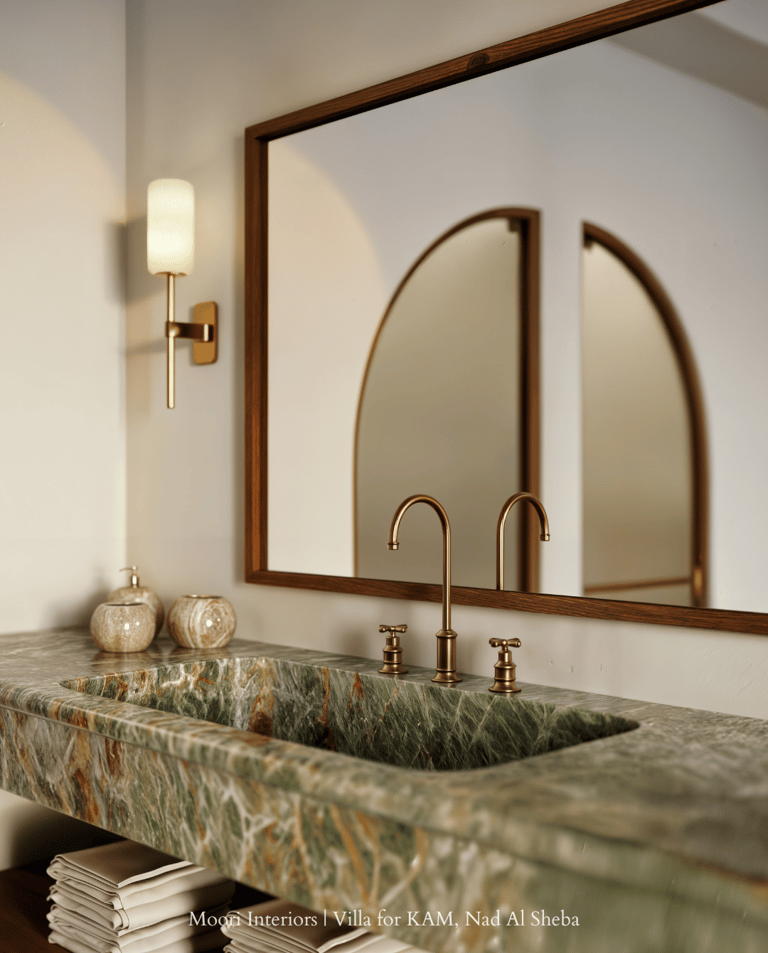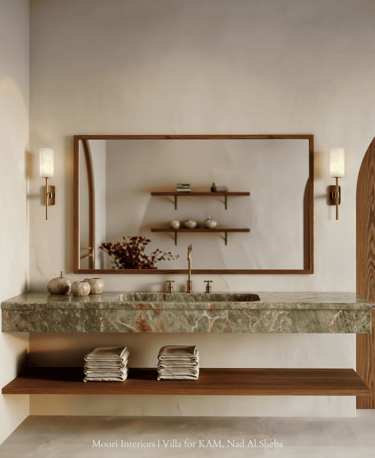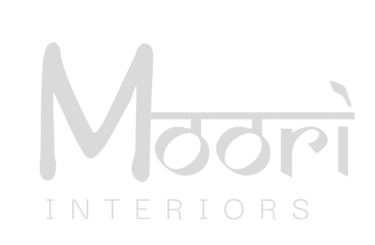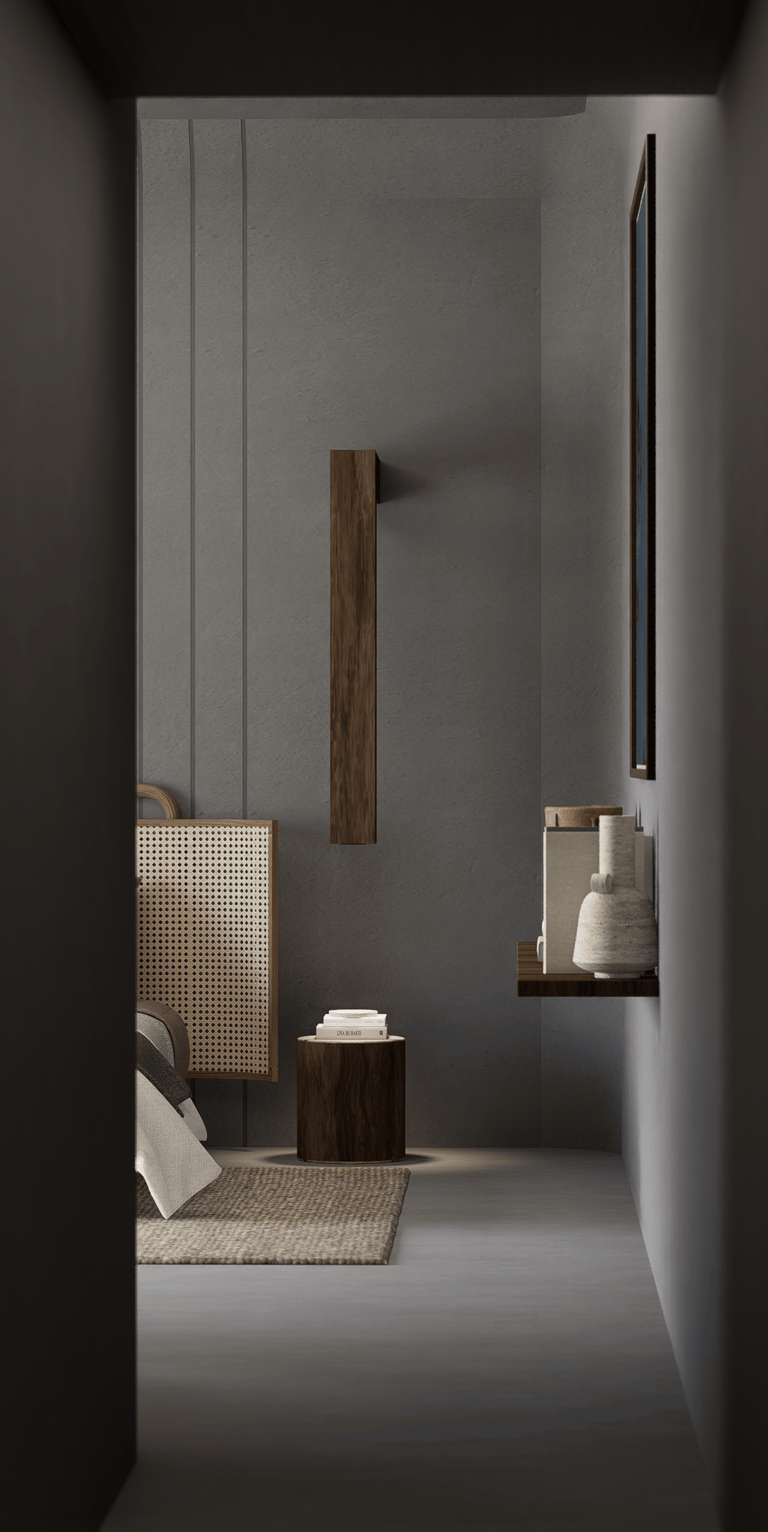Bathroom Renovation Dubai | How to Plan Fixtures, Layout & Finishes
Planning a bathroom renovation in Dubai? Discover expert tips on layout design, MEP planning, smart fixtures, and luxury finishes — everything you need for a seamless upgrade.
Dubai Bathroom Renovation Guide: From Layout Planning to Luxury Finishes
A complete look at the renovation journey — from smart space planning and MEP essentials to refined materials and final detailing.
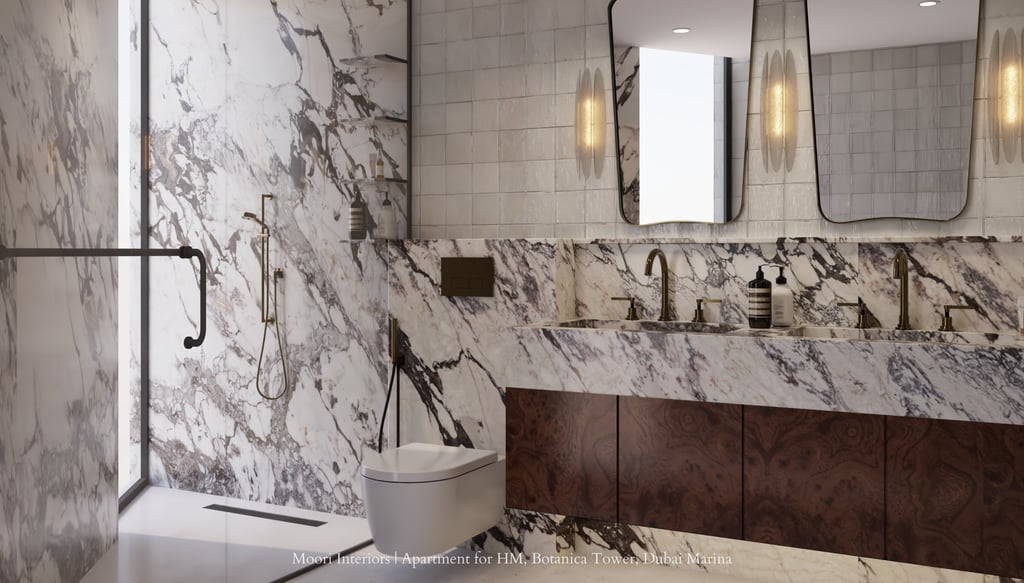

Bathrooms are among the most technically demanding yet sensorially rewarding spaces in a home. In Dubai’s luxury residences, they must perform with precision and age gracefully—quietly managing plumbing, lighting, and ventilation while offering comfort, mood, and ease of use. Planning a remodel without addressing both dimensions—the mechanical and the experiential—is planning with blinders on.
This guide offers a comprehensive lens on bathroom design: how infrastructure shapes what’s possible, and how design elevates what’s felt.
It also links you to detailed breakdowns of each side, should you want to go deeper.
Bathroom Remodeling in Dubai: Why Infrastructure Comes First
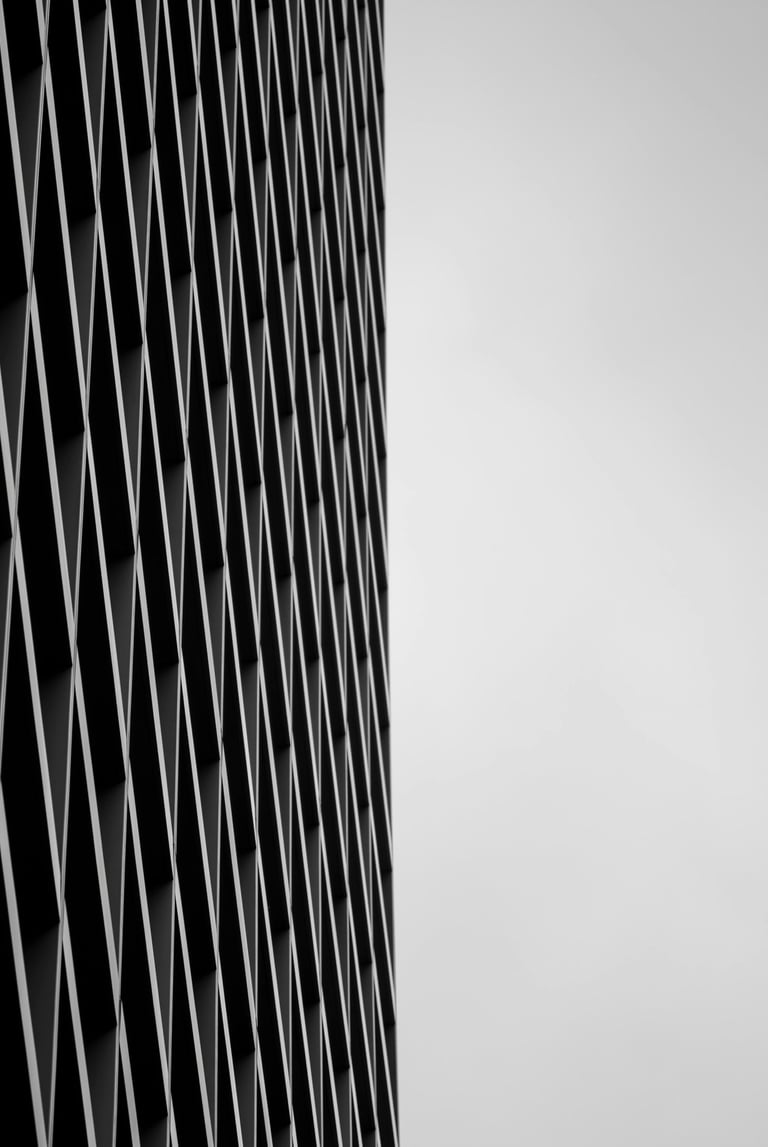

Starting Below the Surface
Every successful luxury bathroom in Dubai starts with mechanical-electrical-plumbing (MEP) planning. It’s the backbone of the space—determining what’s possible in terms of layout, lighting, water pressure, and future upgrades.
A few examples:
Moving a shower to another wall? You’ll need to reroute supply and waste lines without compromising waterproofing.
Installing a wall-hung toilet? It requires built-in flushing systems and strong wall bracing.
Planning backlit mirrors or under-cabinet lighting? Electrical points and cable routes must be embedded before the tiling goes in.
Smart planning here ensures:
Future-proofing for upgrades
Safe and durable waterproofing
Seamless integration of lighting and automation
Compliance with Dubai Municipality building codes
→ Explore expert MEP planning tips in our Blog: Remodeling Your Luxury Bathroom in Dubai
Once the framework is in place, the visible layer of the bathroom is free to take center stage. This is where design becomes visceral—through textures, materials, light, and intentional details.
A seamless mirror concealing storage. Recessed lighting that subtly frames a wall. Large-format tiles that draw the eye outward. Each decision shapes how the space feels, not just how it looks.
Key considerations include:
Smart Fixtures & Luxe Sanitaryware: From sensor taps to thermostatic mixers, function meets finesse.
Lighting & Mirrors: Task lighting for grooming; ambient lighting for calm.
Storage Design: Custom solutions that conceal clutter while showcasing aesthetics.
Material Palette: Warm stone, fluted wood, brushed brass—textures set the tone.
→ See Blog 2 for smart bathroom fixtures and custom storage ideas
From Systems to Sensation: Designing the User Experience
A well-designed bathroom isn’t just about finishes or fittings — it’s about how the space is used. In luxury homes, especially in Dubai where expectations around privacy and comfort are high, zoning becomes a critical design tool.
Zoning refers to the intentional separation of wet and dry areas — think vanities and wardrobes placed away from showers and bathtubs, or enclosed WCs that offer visual and acoustic privacy. This isn't merely about avoiding water splashes; it's about creating a space that feels calm, intuitive, and well-ordered.
Equally important is the flow: the way one moves through the space. When you enter, what do you see first — the vanity or the WC? Is the shower tucked discreetly behind a partition or visible immediately? Is the towel within reach of the bath? These considerations affect not just functionality, but also the emotional tone of the room.
In luxury remodels, thoughtful flow does the invisible work of making a bathroom feel elegant and effortless. This might mean:
Aligning mirrors with windows for natural light
Creating a dry path from entry to vanity to wardrobe
Placing the shower and WC behind partial partitions or within wet zones to preserve visual clarity
Done right, zoning and flow ensure that every part of the bathroom feels intentional—not just beautiful, but spatially intelligent.
Zoning & Flow: Designing for Movement, Privacy, and View
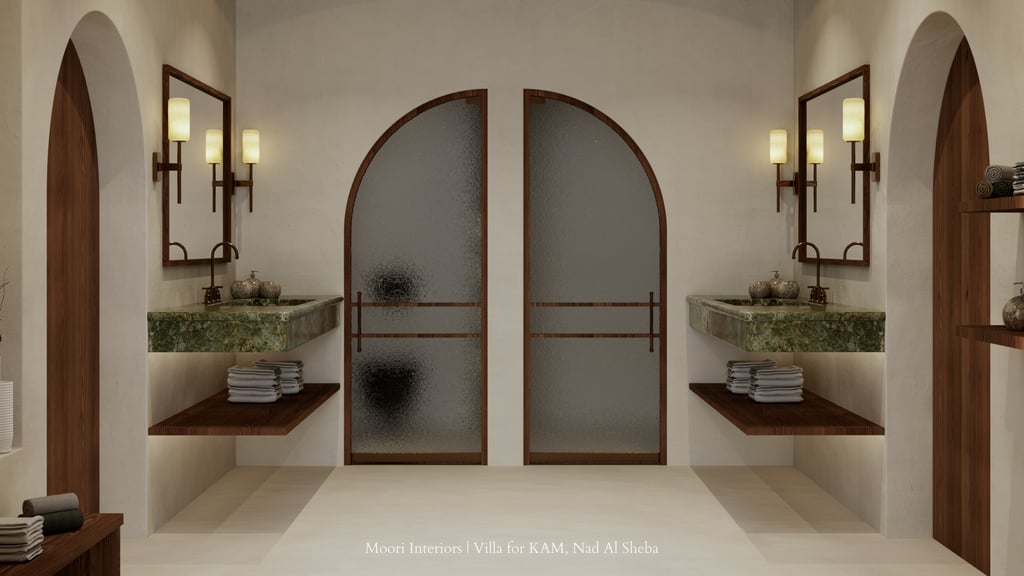

Material Layering & Visual Cohesion: Crafting a Refined Palette
The most memorable bathrooms don’t rely on statement pieces—they rely on layered restraint. In Dubai’s luxury homes, where finishes are expected to endure both time and trend, selecting the right materials isn’t just aesthetic—it’s strategic.
Rather than defaulting to a single surface, high-end bathrooms now integrate a combination of matte stone, fluted wood, brushed metals, and plastered finishes to add visual depth without visual clutter. The contrast of smooth and textured, cool and warm, hard and soft—this is what creates interest.
Tiles, for instance, may shift from large-format slabs in the dry area to more tactile, patterned surfaces in the wet zone. Brassware in a brushed nickel or soft black finish can tie into mirror frames or lighting details, giving the room cohesion without predictability.
Vanity counters, niches, and shelving should feel integrated—designed as part of the architecture, not just additions on top. A niche in travertine, a floating shelf in oak, or a ledge wrapped in stone can double as both functional and focal.
Above all, materials must feel intentional and balanced—complementing each other in tone, texture, and proportion. This is what elevates a bathroom from well-finished to fully resolved.
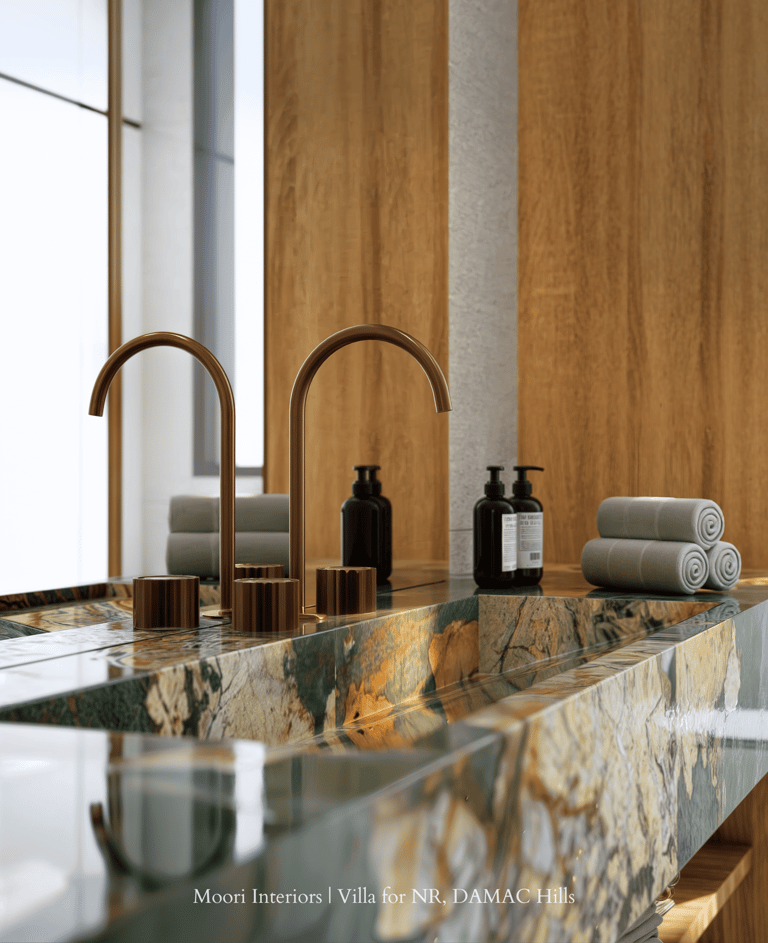

Ceilings & Light: Elevating the Vertical Plane
Often overlooked, the ceiling is where a bathroom’s mood is shaped most subtly—and most powerfully. In luxury renovations, it’s no longer just a surface to be painted white. It’s an opportunity for volume, rhythm, and atmosphere.
A coffered ceiling with integrated cove lighting can softly diffuse light while concealing air conditioning vents or exhaust ducting. LED strips set into grooves or fluted panels introduce architectural rhythm, drawing the eye upward and elongating the space.
In wet zones, consider moisture-resistant panels in warm-toned wood or engineered materials that echo wall or floor textures, creating visual continuity. For powder rooms or dressing areas, the ceiling might host a sculptural pendant—a signature piece that defines the vertical axis.
Lighting, layered thoughtfully, turns the ceiling into a stage. Use a mix of:
Ambient washes from coves or recessed LEDs
Task lighting at mirrors with a CRI above 90 for true skin tone accuracy
Accent lighting to spotlight materials or art
All these decisions must align with MEP planning—ceiling depth, electrical routes, air flow paths—but when coordinated, they result in a space that feels as composed overhead as it does underfoot.
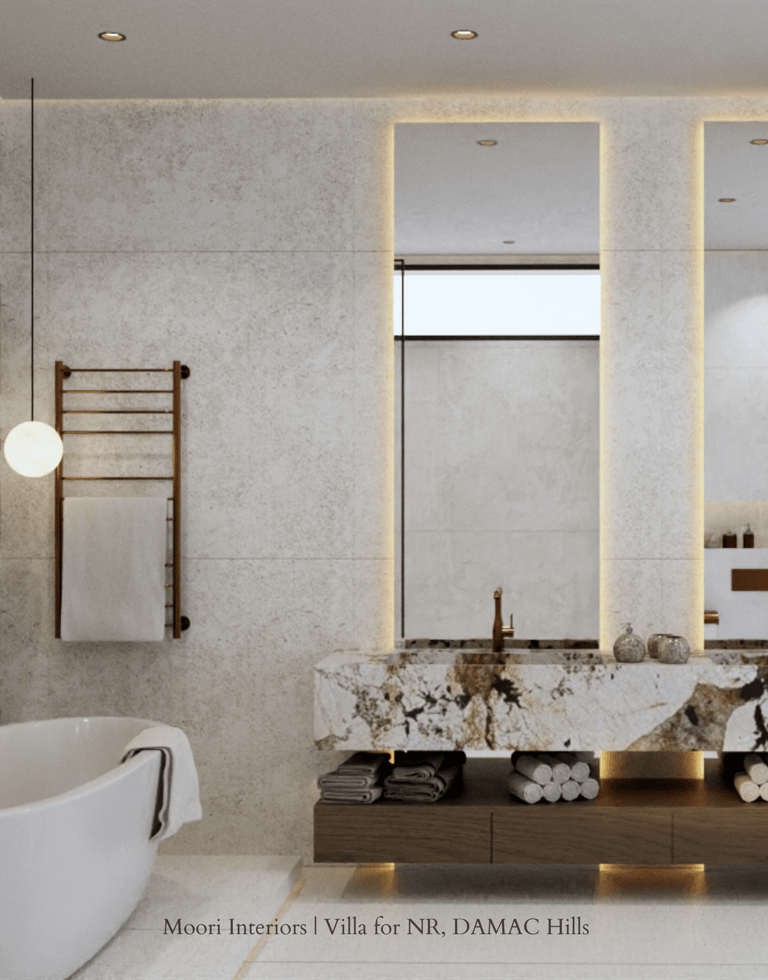

Sequencing a Seamless Bathroom Remodel
Once the vision is in place, execution becomes a matter of choreography. Every element—seen and unseen—must arrive in the right order, at the right depth, with the right tolerance. This is where a remodel either retains its elegance or begins to unravel.
Phase 1: Lock in the Layout
The spatial plan isn’t just about flow; it defines everything from plumbing paths to lighting angles. Early decisions on fixtures—like the position of a freestanding tub or a recessed niche—set the groundwork for both engineering and aesthetics. At this stage, align form with feasibility.
Phase 2: Structure and Services
Behind the scenes, precision takes over. Waterproofing membranes, plumbing lines, and concealed electrical routes are all installed—and thoroughly tested. This is the invisible scaffolding that supports your design, from floating vanities to shadow-gap lighting. Every niche, switch point, or cove must be roughed in now.
Phase 3: Finishes and Fit-Out
Now the character of the space begins to emerge. Stone is aligned, tiles are set to frame fixtures—not compete with them. Mirrors, lighting, and sanitaryware are installed with care, post-finish, to protect their surfaces. This is not just installation—it’s curation.
At the final stage, everything is tested—not just for functionality, but for feel. Water pressure, light warmth, acoustics, and alignment are all calibrated until the bathroom performs as beautifully as it looks.
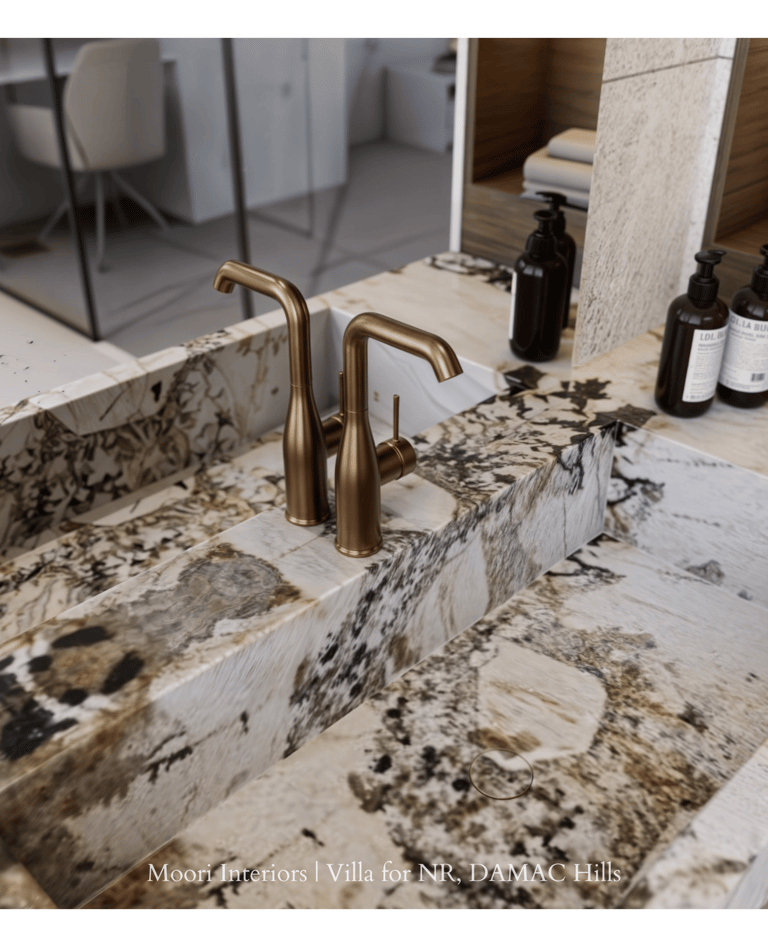

Why Dual Thinking Defines Successful Bathroom Renovations
Many renovations falter because they lean too far in one direction—either over-engineered and visually bland, or beautifully styled but riddled with functional flaws. Dual thinking balances both: it’s the mindset that what’s behind the wall is just as important as what’s in front of it.
This approach is what allows a floating vanity to feel effortless, a pendant light to hang exactly where it should, or underfloor heating to warm the room evenly without disrupting the flooring choice. Every aesthetic move is supported by invisible logic—and every technical decision is made with the final experience in mind.
That’s where luxury lives: not just in the finishes you can touch, but in the seamless way they perform day after day.
→ Dive deeper into infrastructure-first thinking in [Blog 1]
→ Explore sensory design, storage, and finish selection in [Blog 2]
The most refined bathrooms aren't the result of compromise; they're the product of coordination. Every beautiful material rests on sound infrastructure. Plumbing must support the layout. Lighting should enhance spatial rhythm and finish textures. And every visible decision must be grounded in technical feasibility.
This is the heart of dual thinking—where design and engineering evolve together.
For deeper insight into each phase of this dual approach:
→ Read Blog 1: Remodeling Your Luxury Bathroom in Dubai: Expert Tips for Your Dream Retreat
→ Read Blog 2: Smart Luxury Bathrooms in Dubai: Fixtures, Storage & Design
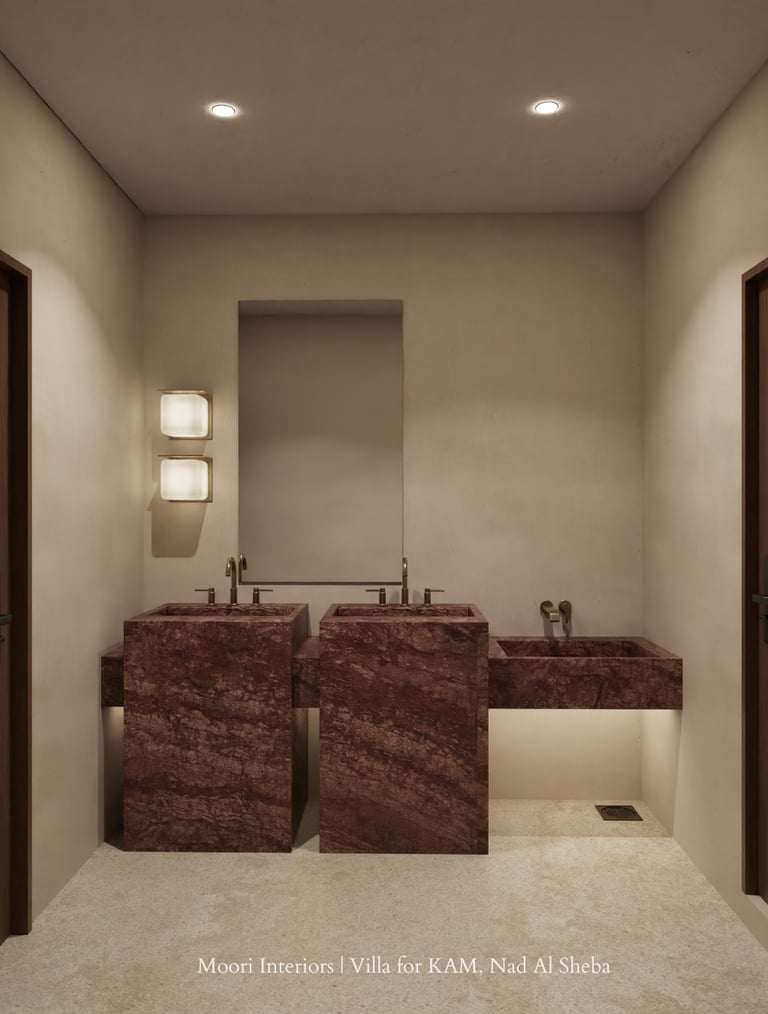

Beyond fixtures and finishes lies another layer of design—one that appeals not just to the eye, but to the senses. In a luxury bathroom, how the space feels is as important as how it functions.
Consider how light diffuses across textured walls, or how acoustics shift in a room with soft-close joinery and absorbent surfaces. These subtle cues shape a sense of calm.
Textiles play a role too: plush towels, warm flooring, and natural materials evoke comfort on contact. Fragrance—whether from diffusers or integrated scent systems—adds to the ritual, making daily routines feel intentional, even indulgent.
Color temperature, echo control, and tactile contrast all become part of a sensory palette. The goal isn’t excess, but ease—a space that invites stillness through thoughtful design.
Ultimately, a bathroom should feel as good as it looks. It’s this final, immersive layer that elevates function into feeling — transforming a space into a private retreat.
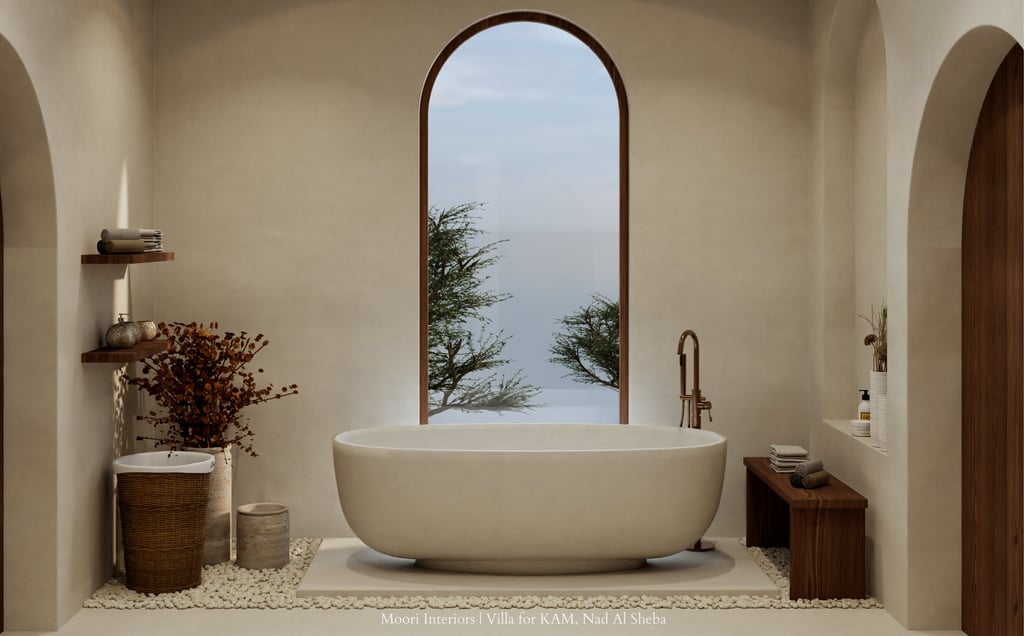

The Sensory Layer: Rituals, Atmosphere, and Calm
In Closing: Remodel with Foresight, Finish with Feeling
A luxury bathroom isn’t just built—it’s orchestrated. It must perform flawlessly behind the scenes while evoking calm, comfort, and quiet sophistication on the surface.
This is the value of dual thinking: when mechanical systems and design decisions move in tandem, the result is not only reliable—it’s remarkable. You gain freedom: to float a double vanity, suspend a sculptural light, recess bespoke storage. Each element fits because it was planned to—technically sound, visually refined.
In Dubai’s luxury homes, these aren’t just upgrades. They’re essential markers of thoughtful design. Plan for performance. Design for presence. Remodel with intention.
By investing in both the structural and the sensory, you don’t just renovate a bathroom. You elevate it—into a retreat that works effortlessly and feels entirely your own.
-----------------------------------
